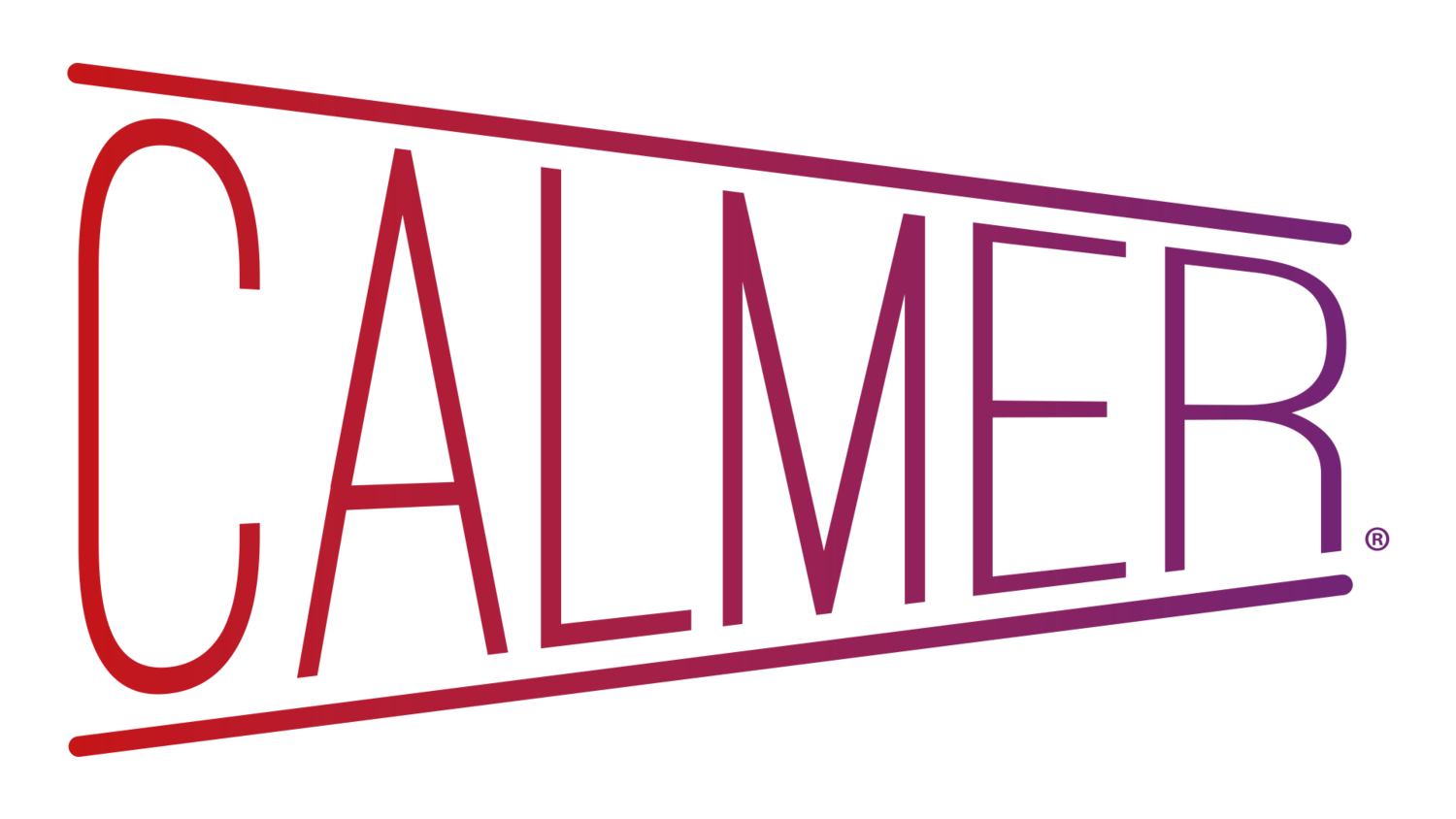Burnout is a state that comes with long-term, unresolved stress that can negatively affect your work and your life in general. In an ideal world, nobody would experience burnout. However, it is becoming increasingly common with searches for ‘signs of burnout’ showing a 24% increase throughout 2020 compared to the previous year.
With this in mind, it’s important to understand the stages of burnout before you can work towards preventing it. In our guide, How to Deal with Stress at Work, we discussed how stress can be both a positive and negative state of mind. With burnout, it’s important to take regular steps to prevent it and we’ve highlighted five stages of burnout to help you understand how you can prevent it from disrupting your life.
The 5 stages of burnout
Our guide is inspired by Winona State University’s burnout study, as well as our own psychological research.
Burnout can affect anyone, at any time in their lives. However, a recent study has shown that the average professional experiences burnout by the age of 32. As with any illness, symptoms of burnout change from person to person, however we have identified that the following five stages are commonly observed:
Let’s look at this in more detail:
1. Honeymoon Phase
When we undertake a new task, we often start by experiencing high job satisfaction, commitment, energy, and creativity. This is especially true of a new job role, or the beginnings of a business venture.
In this first phase of burnout, you may begin to experience predicted stresses of the initiative you’re undertaking, so it’s important to start implementing positive coping strategies, such as taking practical steps to support your wellbeing alongside your professional ventures.
The theory is that if we create good coping strategies at this stage, we can continue in the honeymoon phase indefinitely.
Common symptoms include:
Job satisfaction
Readily accepting responsibility
Sustained energy levels
Unbridled optimisim
Commitment to the job at hand
Compulsion to prove oneself
Free-flowing creativity
High productivity levels
2. Onset of Stress
The second stage of burnout begins with an awareness of some days being more difficult than others. You may find your optimism waning, as well as notice common stress symptoms affecting you physically, mentally, or emotionally.
Common symptoms include:
High blood pressure
Inability to focus
Irritability
Job dissatisfaction
Lack of sleep or reduced sleep quality
Lack of social interaction
Lower productivity
Unusual heart rhythms
Anxiety
Avoidance of decision making
Change in appetite or diet
Fatigue
Forgetfulness
General neglect of personal needs
Grinding your teeth at night
Headaches
Heart palpitations
3. Chronic stress
The third stage of burnout is chronic stress. This is a marked change in your stress levels, going from motivation, to experiencing stress on an incredibly frequent basis. You may also experience more intense symptoms than those of stage two.
Common symptoms include:
Lack of hobbies
Missed work deadlines and/or targets
Persistent tiredness in the mornings
Physical illness
Procrastination at work and at home
Repeated lateness for work
Resentfulness
Social withdrawal from friends and/or family
Uptake of escapist activities
Anger or aggressive behaviour
Apathy
Chronic exhaustion
Cynical attitude
Decreased sexual desire
Denial of problems at work or at home
Feeling threatened or panicked
Feeling pressured or out of control
Increased alcohol/drug consumption
Increased caffeine consumption
4. Burnout
Entering stage four is burnout itself, where symptoms become critical. Continuing as normal is often not possible in this state as it becomes increasingly difficult to cope. We all have our own unique limits of tolerance, and it’s key that you seek intervention at this stage (for clinical issues, please refer to our partner Thrive Your Life).
Common symptoms include:
Development of an escapist mentality
Feeling empty inside
Obsession over problems at work or in life
Pessimistic outlook on work and life
Physical symptoms intensify and/or increase
Self-doubt
Social isolation
Behavioural changes
Chronic headaches
Chronic stomach or bowel problems
Complete neglect of personal needs
Continuation or increase in escapist activities
Desire to "drop out" of society
Desire to move away from work or friends/family
5. Habitual Burnout
The final stage of burnout is habitual burnout. This means that the symptoms of burnout are so embedded in your life that you are likely to experience a significant ongoing mental, physical or emotional problem, as opposed to occasionally experiencing stress or burnout.
Common symptoms include:
Chronic sadness
Depression
Burnout syndrome
Chronic mental fatigue
Chronic physical fatigue
How to prevent burnout from affecting you
While burnout can cause issues at work, at home, and life in general, it is always possible to take action and move towards Stage 1. Even if you are not experiencing stress or burnout now, we suggest the wisest course of action is to proactively take up self-care practices and build your mental resilience.
Here are a few steps you can take with Calmer.
1) Join The Reignite Project for free.
If you are interested in furthering your knowledge on how to prevent burnout from affecting you, we recommend joining The Reignite Project, our free online course that will enable you to identify and prevent burnout, as well as reignite your passion for work and life in general.
2) Explore our Mindfulness Ecourses.
Our new, bespoke Mindfulness Ecourses are drawn from evidence-based research and aim to inspire good mental health in all aspects of your life. Discover a collection of audio meditations, breathwork and movement videos, book recommendations and more insights with our range of ecourses from sleep and stress relief to kindness and daily mindfulness.
3) Invest in Workplace Wellbeing.
Create an empowered workplace with your employees’ wellbeing at the heart of it, by investing in expert-led training and courses from Calmer. Our range of Mental Health and Wellbeing Training Courses have been designed to support businesses of all shapes and sizes, with our trainers having guided over 300 companies to build a mental health and wellbeing strategy.


